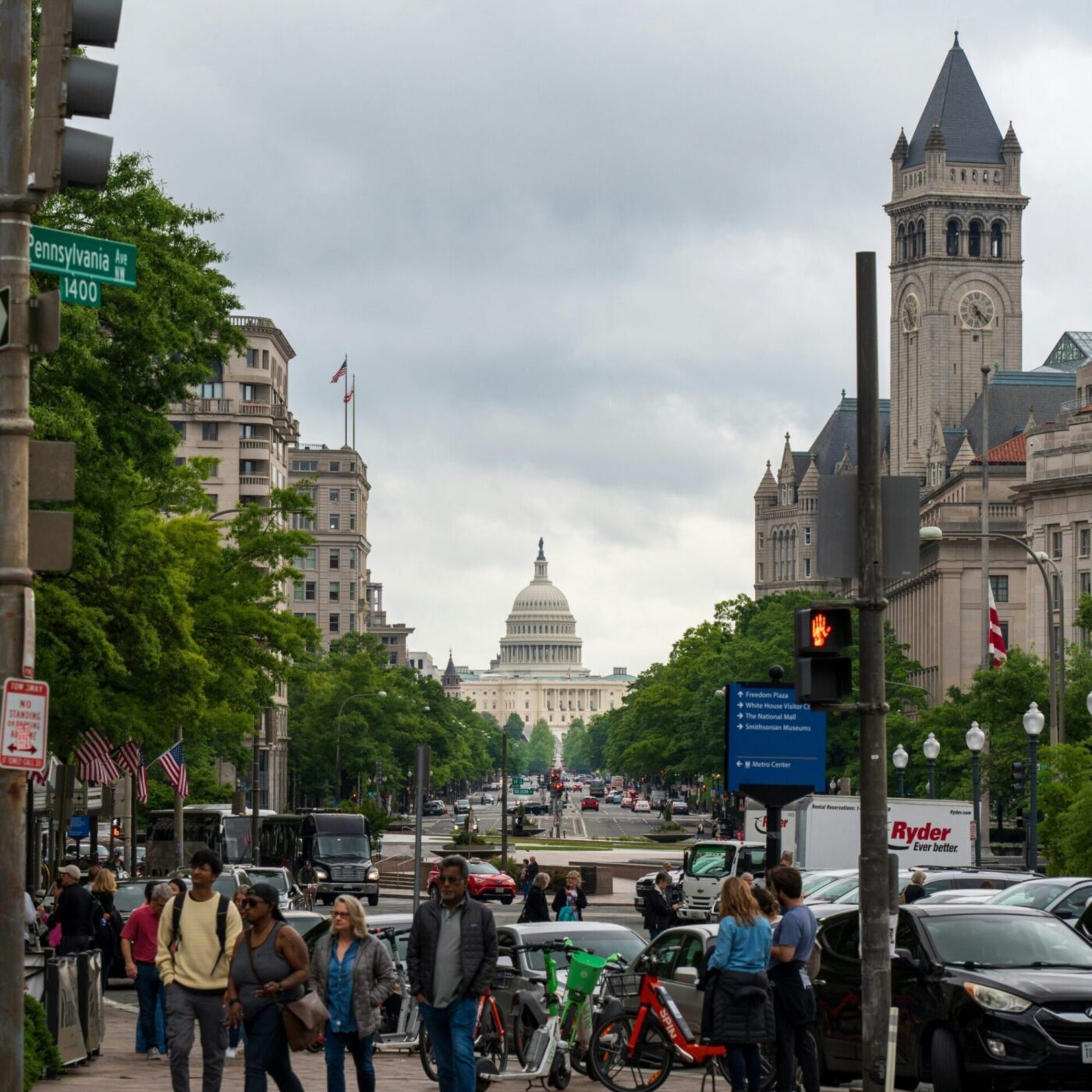The labor market for the District’s residents is geographically broader than the jobs located in the city. It includes jobs in the region to which D.C. residents commute, and jobs in which people work remotely. Resident employment – a measure of how many D.C. residents have jobs regardless of where they work – offers insight on whether people are choosing to live in the city when they take a job.
This week’s chart shows cumulative D.C. resident employment growth in the 55 months (four years and seven months) following four separate recessions: July 1990, March 2001, December 2007, and February 2020.
The data show that D.C. resident employment recovered more quickly after the COVID-19 pandemic than it did after the 1990 and 2001 recessions, though not as fast as after the 2007 recession. Unlike the recovery after 2007, however, the rebound from the COVID-19 pandemic was not fueled by an influx of new residents. After all, the District has experienced no net domestic migration since the COVID-19 pandemic.
Recent resident employment data point to emerging challenges. Between January and April 2025, resident employment grew by just 0.3 percent, while the resident labor force grew by 0.8 percent. As a result, the resident unemployment rate has climbed from 5.3 to 5.8 percent.
Notes:
The author was inspired by Figure 2 in this November 2024 blog post entitled “When the Signal Gets Jammed, Look to the Trend” by the Council of Economic Advisors. NBER dates for “US Business Cycle Expansions and Contractions” can be found here.
